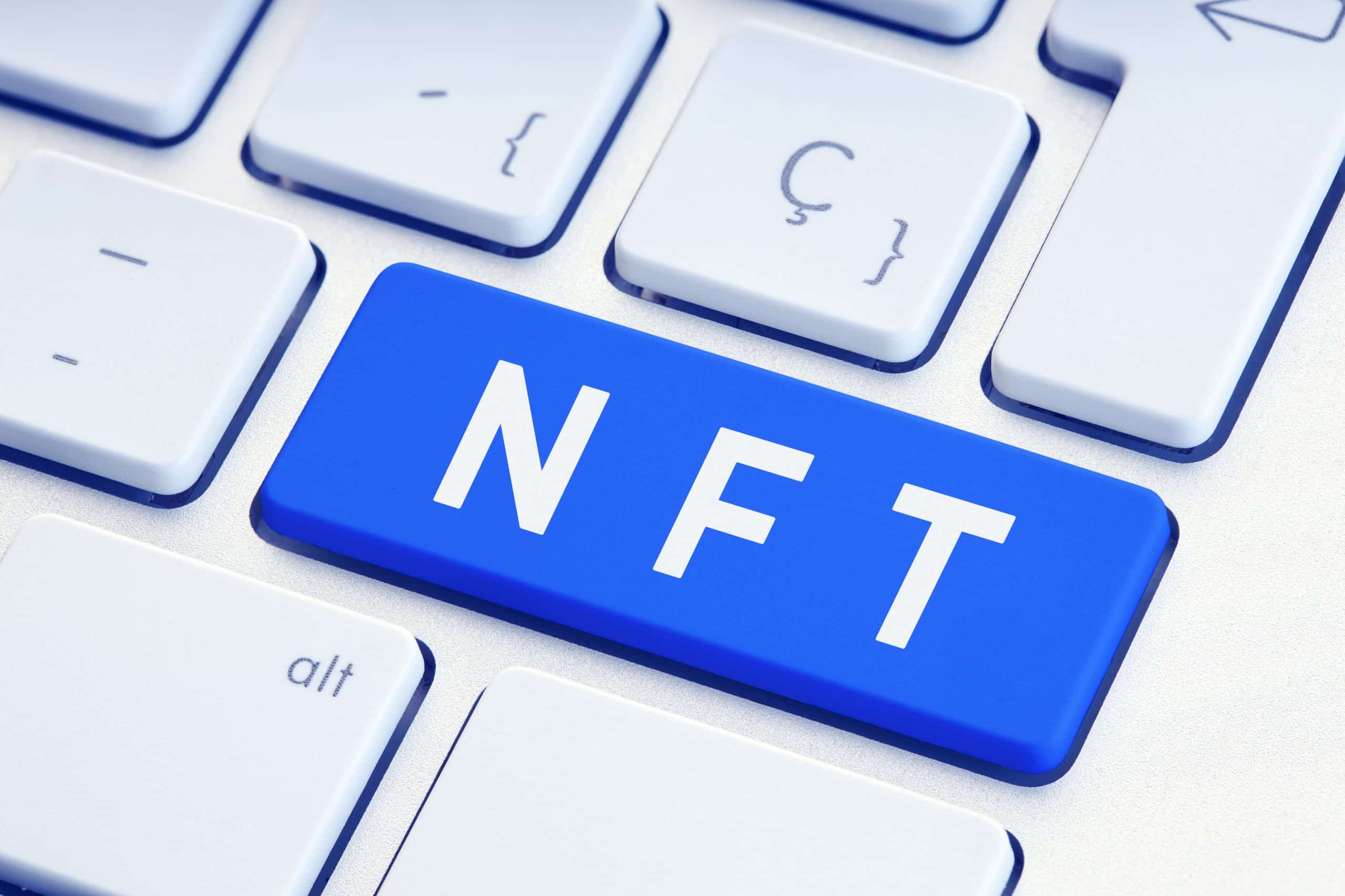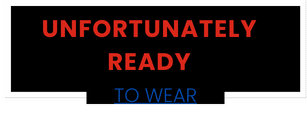How Can UK Artists and Illustrators Monetize Their Work Through NFT Platforms?

In today’s digital age, a new and innovative way of buying, selling, and trading art has emerged, known as the Non-Fungible Tokens (NFTs). These digital assets are revolutionizing the art world as they provide artists with a unique platform to sell their work, receive royalties, and maintain ownership rights to their creations. This article will take a deep dive into how UK artists and illustrators can monetize their work through NFT platforms.
Understanding NFTs and Their Role in the Art World
NFTs, or Non-Fungible Tokens, are a type of digital asset that use blockchain technology to prove their uniqueness and ownership. Unlike cryptocurrencies such as Bitcoin or Ethereum which are fungible and can be exchanged on a like-for-like basis, NFTs are unique and cannot be swapped on a like-for-like basis. This uniqueness has made NFTs particularly useful in the art world, especially for digital artists.
En parallèle : How to Develop a Blockchain-Based Ticketing System for UK Live Events?
NFTs are essentially digital certificates of authenticity. When an artist mints an NFT of their work, they’re creating a unique digital token on the blockchain that proves they’re the original creator. This token can then be bought, sold, and traded on various NFT marketplaces. But what sets NFTs apart from traditional art sales is that the artist can retain ownership rights to their work and even earn royalties every time their NFT is sold or traded.
In the past, artists had to rely on galleries and art dealers to sell their work, often giving up a significant portion of their profits in the process. But with NFTs, artists can sell their work directly to their audience, allowing them to keep a larger portion of their profits and maintain control over their work.
Avez-vous vu cela : What Are the Key Variables to Consider When Designing Wearable Health Technologies in the UK?
How NFTs Work?
An NFT is essentially a digital asset, representing real-world objects like art, music, in-game items and more. They are bought and stored on a blockchain, which is a decentralized digital ledger.
When an artist creates an NFT, it involves a process known as ‘minting’. Minting an NFT involves uploading your digital artwork onto an NFT marketplace and turning it into a token on the blockchain. This process verifies the artwork’s origin and ownership, making the digital artwork unique.
To buy or sell an NFT, you will need a digital wallet that allows for the purchasing and storing of NFTs. Some of the popular wallets include Metamask, Trust Wallet, and Coinbase Wallet.
Once you have a wallet, you purchase or sell NFTs on different marketplace platforms such as OpenSea, Rarible, and Foundation. When purchasing an NFT, the ownership information is automatically updated and stored on the blockchain.
One unique feature of NFTs in the art world is the ability for artists to earn royalties every time their art is sold to a new owner. This is a game-changer for artists as it creates a new stream of passive income, something that was not possible with the traditional art sales model.
Monetizing Art through NFT Marketplaces
NFT marketplaces are platforms where you can buy, sell, and trade NFTs. For artists, these platforms offer a unique opportunity to monetize their work in ways that were not possible before.
On NFT marketplaces, artists can list their artwork for sale as NFTs. Once an artist has minted their artwork as an NFT, they can list it for sale on an NFT marketplace of their choice. They set the price for their artwork and can also specify any royalties they wish to receive from future sales.
When a buyer purchases an NFT on the marketplace, they’re not just buying the digital artwork. They’re buying the unique token on the blockchain that proves they own the original work. This token can then be sold or traded on other marketplaces, with the original artist receiving royalties from each sale.
NFT marketplaces have opened up a whole new world for artists. They offer artists a way to sell their work directly to their audience, cut out the middleman, maintain ownership rights to their work, and earn passive income through royalties.
Best NFT Platforms for UK Artists and Illustrators
The NFT marketplace is growing rapidly, with new platforms emerging frequently. However, several platforms have become popular among artists due to their user-friendly interfaces and strong communities.
-
OpenSea: OpenSea is the largest NFT marketplace and offers a wide variety of NFTs for sale, including art, music, domain names, virtual real estate, and more. It’s a general marketplace that welcomes all kinds of NFTs.
-
Rarible: Rarible is a democratized platform where artists and creators can issue and sell their unique digital creations. One unique feature of Rarible is its governance token RARI, which is given to active users and allows them to vote on platform updates.
-
Foundation: Foundation is a marketplace that aims to bring digital artists and collectors together. It’s a curated platform, meaning artists need to receive an invitation from another artist on the platform before they can start selling.
-
KnownOrigin: KnownOrigin is a UK-based platform that specializes in digital art NFTs. It’s a curated platform, so artists have to submit their work for review before they can sell on the platform.
These platforms are just a few of the many NFT marketplaces available to artists. When choosing a platform, artists should consider the community, fees, ease of use, and the type of art typically sold on the platform.
The Role of Smart Contracts in NFT Transactions
In the context of NFT transactions, smart contracts play a vital role in automating the process and ensuring transparency and fairness. A smart contract is a self-executing contract programmed on a blockchain. The terms of the agreement between buyer and seller are directly written into lines of code.
When an artist mints an NFT and lists it on an NFT marketplace, a smart contract is created. This contract contains all the necessary information about the NFT, including the identity of the artist, the uniqueness of the artwork, the price, and the royalty percentage the artist will receive from future sales. In essence, it serves as a digital certificate of authenticity and a legally binding agreement between the artist and the buyer.
The smart contract automatically executes the terms of the contract when a sale is made. When a buyer purchases an NFT, the smart contract automatically transfers ownership of the NFT to the buyer’s digital wallet and transfers the payment to the artist’s wallet. If the NFT is later resold, the smart contract also automatically transfers the agreed upon royalty to the artist’s wallet.
This level of automation not only makes the transaction process more efficient but also ensures that it is transparent, secure, and fair. All transactions are recorded on the blockchain, making it virtually impossible to alter or falsify information. This security feature of blockchain technology instills trust in both buyers and sellers, making NFTs an attractive prospect for artists seeking to monetize their work.
Conclusion: The Future of UK Artists and Illustrators in the NFT Market
The emergence of NFTs has undoubtedly disrupted the traditional art market, providing a new avenue for UK artists and illustrators to monetize their work. With NFTs, artists have full control over their work, from setting the price, earning royalties with each sale, to maintaining the ownership rights.
Moreover, NFT platforms and marketplaces offer a global stage for artists to showcase their work. With the internet’s reach, artists are no longer constrained by geographic boundaries or physical space limitations in galleries. Artists and illustrators can now connect with art lovers, collectors, and investors worldwide, making art more accessible and inclusive.
Moving forward, the role of NFTs in the art world will only continue to grow. As more artists and collectors embrace this technology, the market will continue to expand, offering more opportunities for artists to monetize their work. It’s an exciting time to be an artist or illustrator, and the future looks bright with countless possibilities.
In conclusion, if you’re a UK artist or illustrator looking to monetize your work, exploring the world of NFTs might just be the key. Understand the role of smart contracts, engage with suitable NFT marketplaces, and take full advantage of this digital revolution. Remember that as with anything new, there will be challenges to overcome, but the rewards could be significant.
